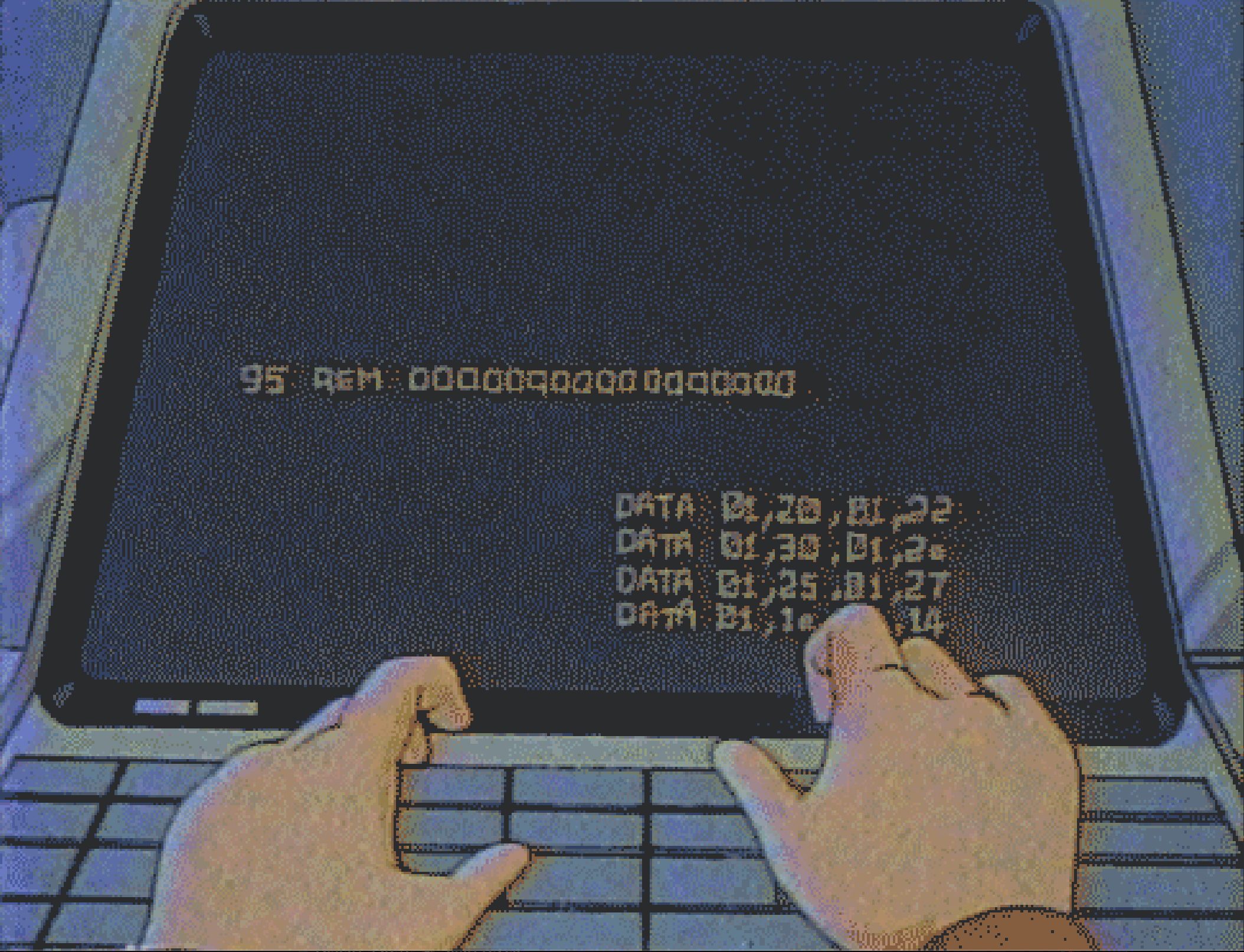CS50x stands as a renowned computer science course offered by Harvard University, and it’s available for free on edX. Officially named “CS50’s Introduction to Computer Science,” this course aims to offer a comprehensive introduction to the world of computer science. It caters to both newcomers without prior programming experience and those who have some background in the field. As someone who’s always eager to learn, I’ve had this course on my to-do list since 2017....




